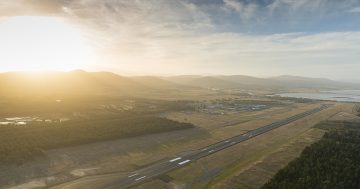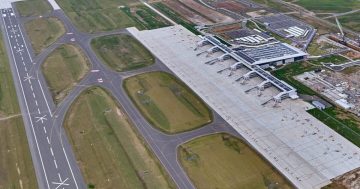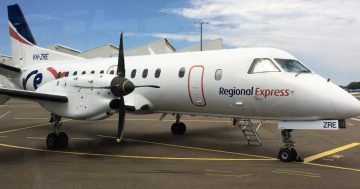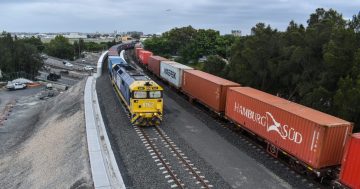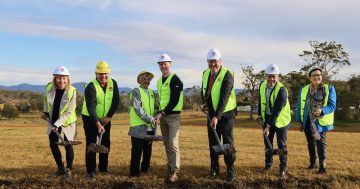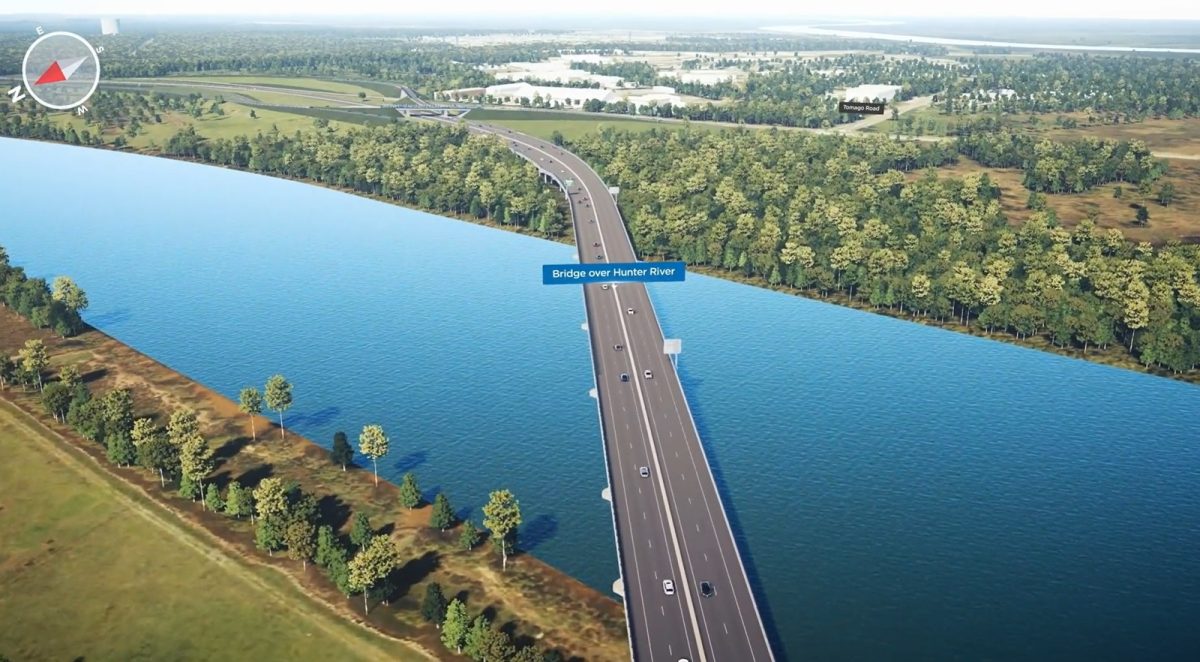
Concept art of the new M1 upgrade crossing the Hunter River with the old highway and Tomago Rd intersection ahead and right. Image: Screenshot.
Construction of the M1 motorway’s ‘missing link’ west of Newcastle has commenced that will, when complete, allow motorists to drive from Sydney to the NSW-Queensland border without hitting any traffic lights.
The new 15-kilometre section of road will run from the end of the M1 at Tarro roughly parallel to the Pacific Highway before crossing a 2.6-kilometre viaduct over the Hunter River and floodplain and then the Hunter River about two kilometres upstream from the Hexham Bridge. It will then run east of Heatherbrae before rejoining the M1 at Raymond Terrace.
The $2.1 billion upgrade is being funded to the tune of $1.68 billion by the Federal Government, and $420 million by the NSW Government. It will cut five sets of traffic lights and nearly 10 minutes of travel time during peak and holiday periods.
This is one of two remaining locations on the east coast corridor where the route is an urban road with traffic lights – the other being at Coffs Harbour, where work is also well underway on a new bypass which is due to be completed in late 2027.
Prime Minister Anthony Albanese, Federal Infrastructure, Transport, Regional Development and Local Government Minister Catherine King and NSW Premier Chris Minns visited the site for the commencement of works on 16 January.
“It’s so exciting to stand alongside the NSW Government and see shovels in the ground for a project which will be a huge benefit to travellers and truck drivers, but also to Hunter Valley families,” Mr Albanese said.
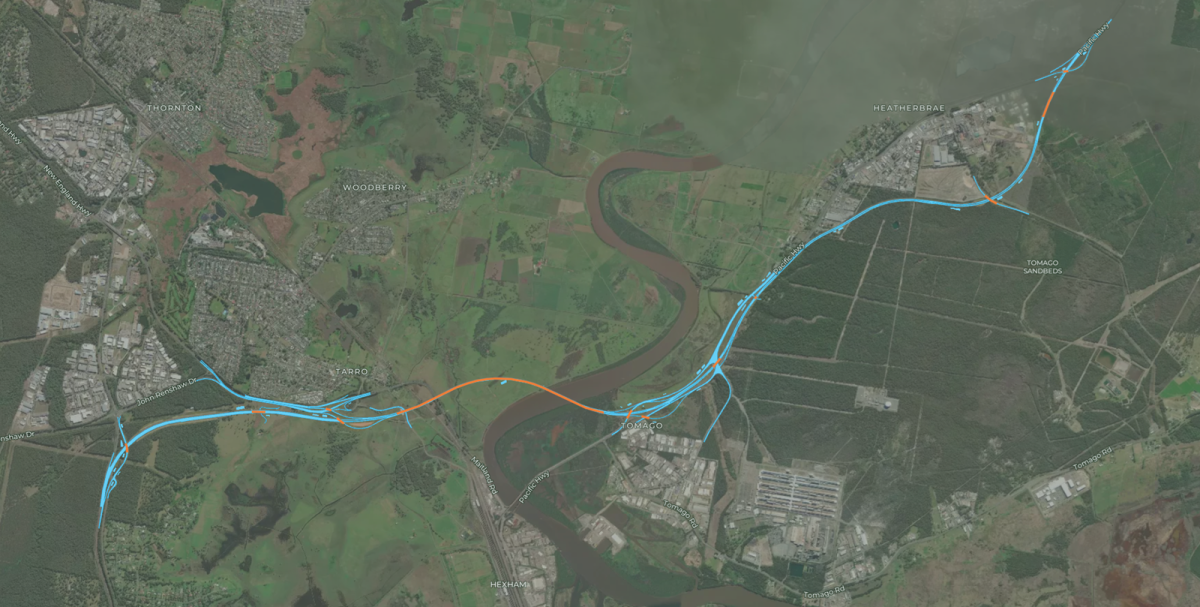
A map of the 15-km M1 Hunter Valley upgrade from Tarro to Raymond Terrace. Image: Transport for NSW.
Premier Minns added, “The NSW Government is proud to partner with the Commonwealth to deliver this vital infrastructure which will improve reliability and efficiency for those travelling across our state, particularly in the Hunter region.
“Not only will this provide smoother journeys for drivers in the area, but it will also boost economic activity and provide local jobs.”
Minister King said, “This project, together with the Coffs Harbour Bypass, will provide the remaining major upgrades to complete a free-flowing dual carriageway route between Sydney and Brisbane.
The upgrade is expected to be completed in late 2027.
Also in the Hunter region, construction of the new international terminal at Newcastle Airport is progressing.
A 17 January update from Minister King said the old terminal building had been demolished, and that a new concrete slab and supporting columns had been poured. It also said work was underway on underground baggage handling tunnels and an electrical substation that would connect to solar panels.
Newcastle Airport CEO Peter Cock said he was thankful for the Australian Government’s support for the vision for Newcastle Airport.
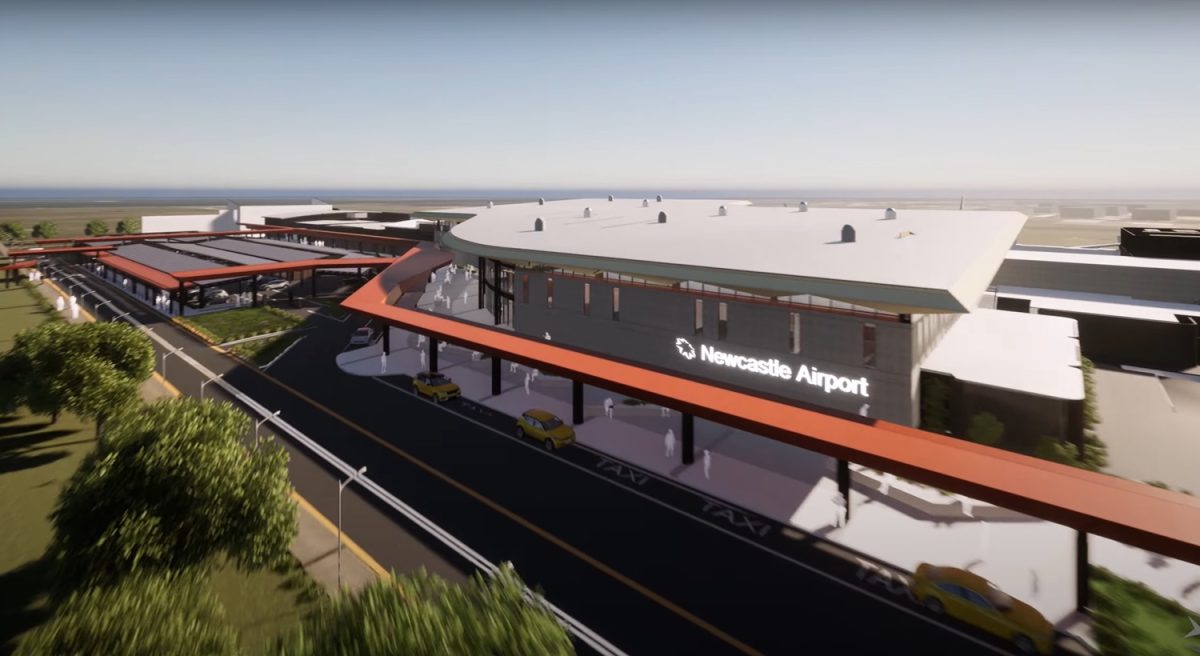
Concept art of how the new Newcastle Airport international terminal will look when complete. Image: Newcastle Airport screenshot.
“The economic uplift brought about by our new international airport will help future proof the economy of the Hunter,” he said.
“It will support industry, enable trade, help create jobs well beyond the visitor economy and will be a vibrant part of our region, helping in the Hunter transition.”
The airport shares its runway and taxiways with RAAF Base Williamtown which is home to three Lockheed Martin F-35A fighter squadrons, a BAE Hawk advanced training squadron and the RAAF’s only Boeing E-7A Wedgetail command and control aircraft squadron.
In recent years the runway and taxiways have been upgraded to accommodate the F-35As, as well as larger commercial aircraft such as the Airbus A330 and A350 and the Boeing 787.
Also being built at the airport is a larger BAE Systems Australia maintenance and sustainment facility for the RAAF’s F-35As and Hawks, and the Astra Aerolab precinct for a growing number of defence companies.
The airport terminal work is expected to be complete by late 2025.


